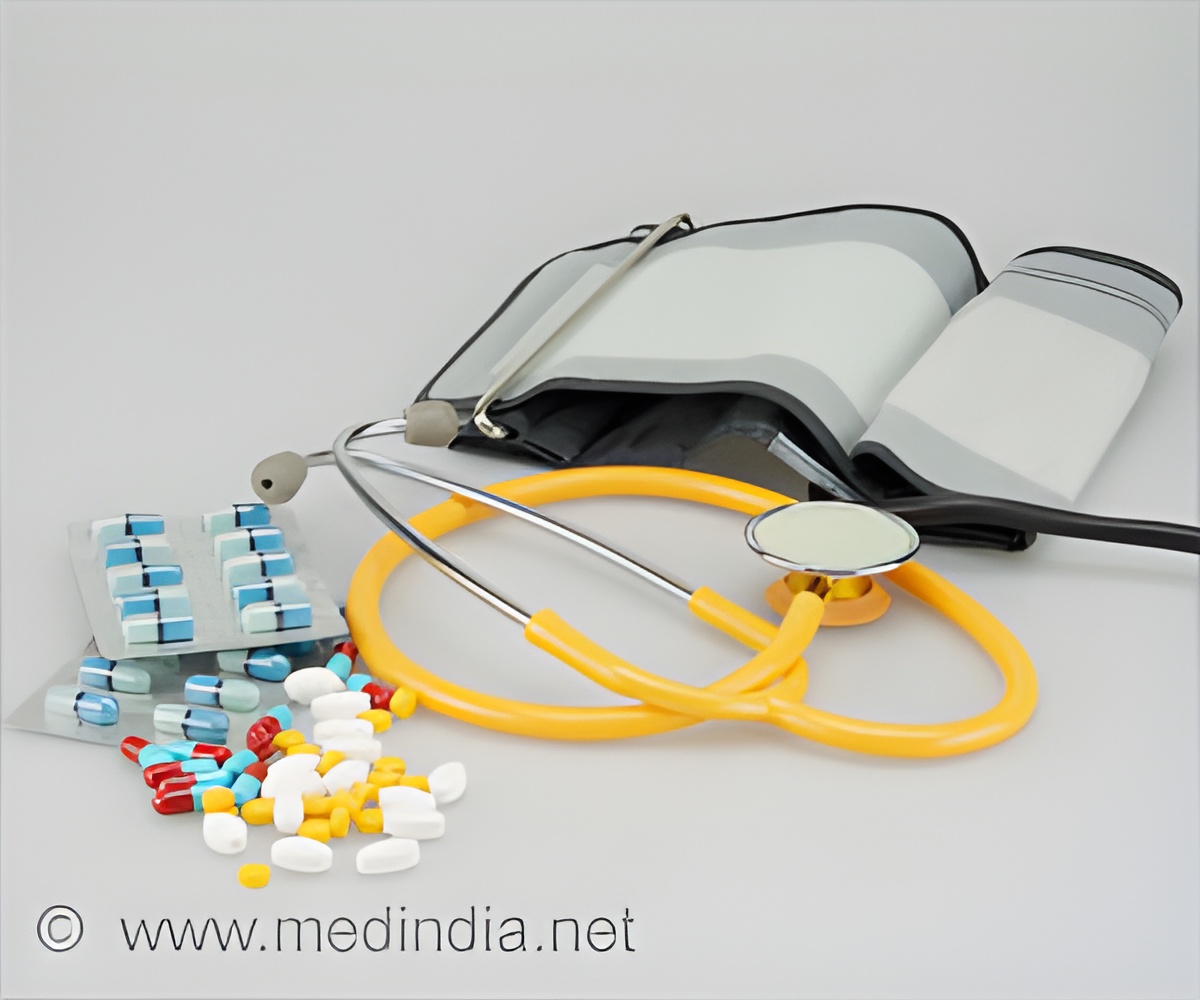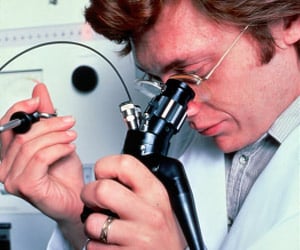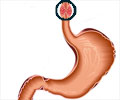New guideline offers recommendations for Endoscopic Eradication Therapy in the management of Barrett's esophagus.

TOP INSIGHT
The new guideline offers evidence-based recommendations and clinical guidelines addressing key issues related to Endoscopic Eradication Therapy (EET) in the management of Barrett's esophagus.
Endoscopic eradication therapy (EET) has significantly changed the management of patients with BE-related lesions and allows a minimally invasive treatment approach that avoids the illness and deaths associated with the surgical procedure of esophagectomy (removal of some or most of the esophagus). Contemporary EET, supported by published literature, entails endoscopic mucosal resection (EMR) of visible lesions within the Barrett's segment and ablation (removal) techniques that include radiofrequency ablation (RFA) and cryotherapy.
Studies show that EET can result in complete removal of diseased tissue, leading to disease remission. This procedure is being performed not only at academic and tertiary care centers, but also among community practices.
This document addresses EET vs. surveillance as optimal management strategy for patients with dysplasia (abnormal growth of cells or tissue) and intramucosal EAC; comparison of EET with esophagectomy; the role of EMR and ablation; and recommendations for surveillance after achieving complete removal of lesions.
 MEDINDIA
MEDINDIA



 Email
Email







